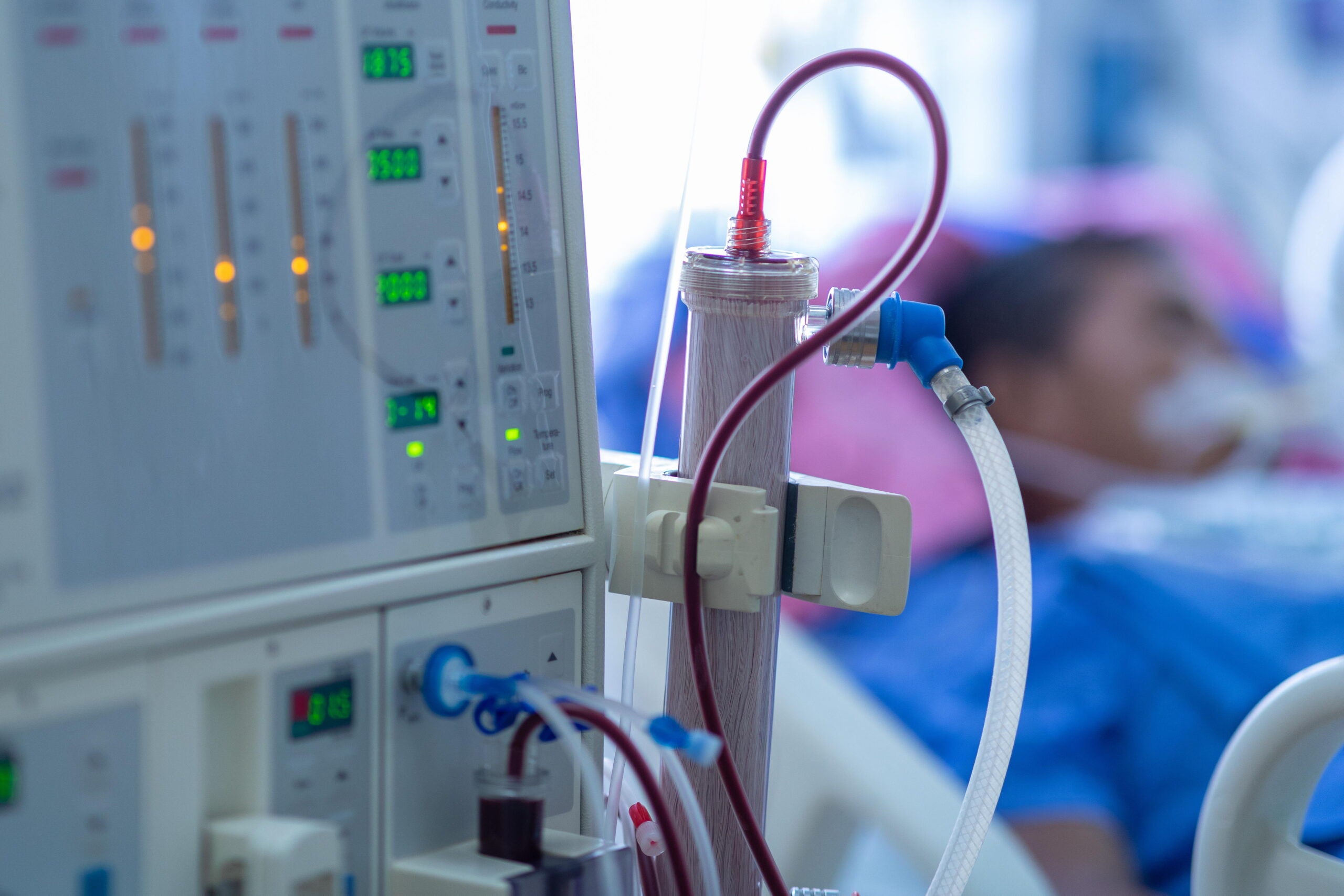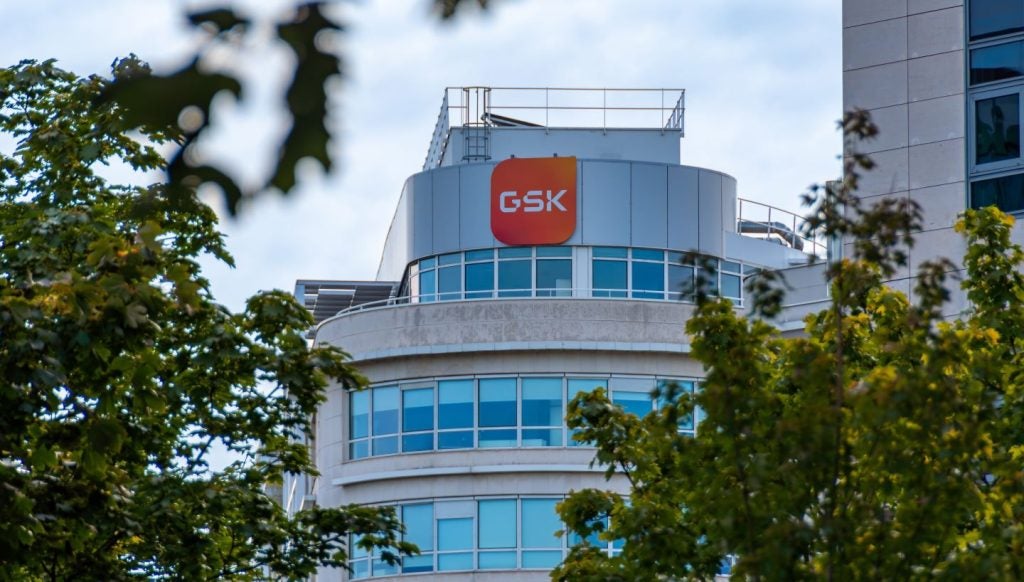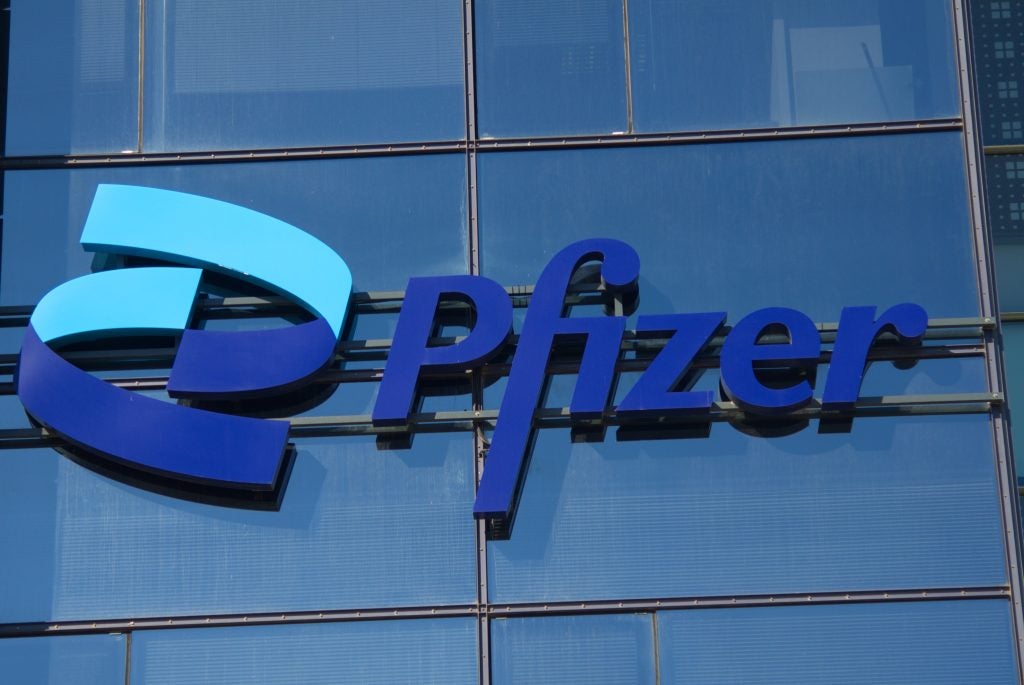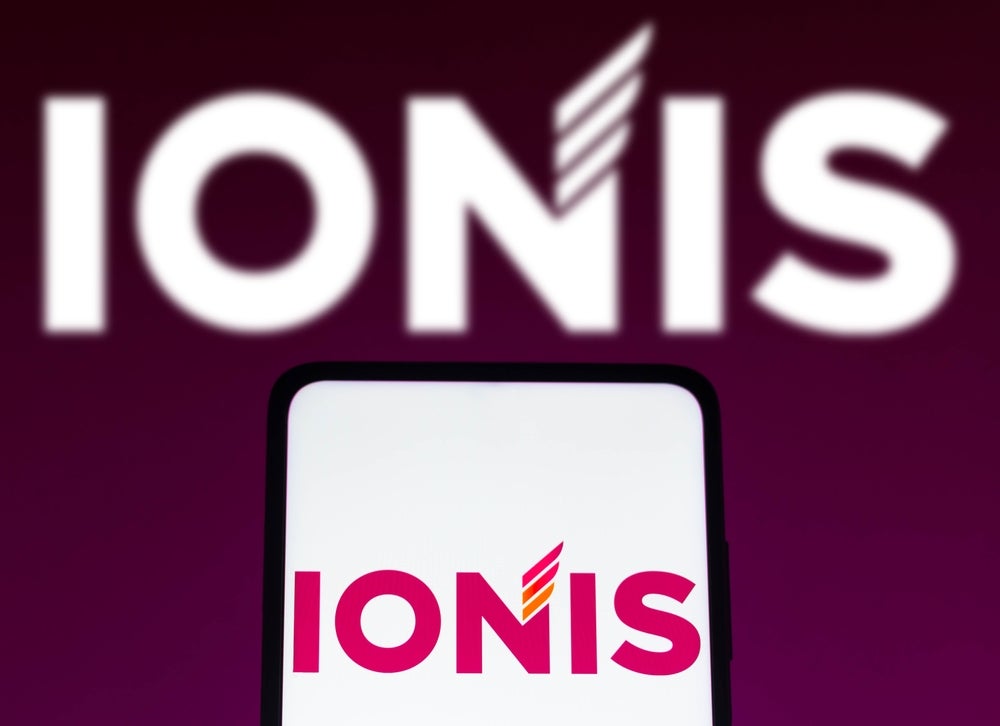
Need to know:
- Limited scrutiny on infection and thrombosis risk with vadadustat and daprodustat so far
- Repeating large studies with roxadustat to show safety noninferiority may be challenging
Akebia Therapeutics and GlaxoSmithKline need to convince regulators their hypoxia inducible factor (HIF) prolyl hydroxylase inhibitors (PHIs) are safe in chronic kidney disease (CKD), even though AstraZeneca and FibroGen have failed to do so.
On 11 August, FibroGen announced the FDA had issued a Complete Response Letter (CRL) in response to its roxadustat application. A long-debated class effect among HIF PHIs now means that Akebia and GlaxoSmithKline are saddled with the task of establishing that vadadustat and daprodustat, respectively, lack any of the safety concerns seen with roxadustat, experts said.
While initially, a focus on the drugs’ impact on cardiovascular events guided the design of registrational safety studies, discussion at the FDA Cardiovascular and Renal Drugs Advisory Committee (CRDAC) meeting held last month revolved around roxadustat’s profile in terms of other events. Multiple committee members cited the risk of thrombosis and infections seen with the drug as significant reasons for voting against an approval based on a justifiable efficacy and safety profile. Data from trials designed to eliminate safety concerns on the same events with Akebia’s vadadustat and GlaxoSmithKline’s daprodustat is currently lacking in the public domain but will be necessary for their approvals.
While FibroGen did not disclose details on the CRL’s contents, it did say that the agency requested an additional clinical study before the application could be reviewed again. Experts had mixed views on the design of a study that could satisfy concerns raised by the FDA and noted the difficulty in conducting such a trial.
Under a partnership that was inked in 2013, AstraZeneca and FibroGen have advanced roxadustat through multiple trials in US, China and other markets, excluding a few where the latter has an agreement with Astellas Pharma. Global roxadustat sales are still expected to hit $1.18bn in 2027, as per GlobalData consensus forecasts. FibroGen’s market cap is $1.1bn.
How well do you really know your competitors?
Access the most comprehensive Company Profiles on the market, powered by GlobalData. Save hours of research. Gain competitive edge.

Thank you!
Your download email will arrive shortly
Not ready to buy yet? Download a free sample
We are confident about the unique quality of our Company Profiles. However, we want you to make the most beneficial decision for your business, so we offer a free sample that you can download by submitting the below form
By GlobalDataAn Akebia spokesperson referred to the company’s statements made in its Q2 earnings when asked about the impact of the recent news on vadadustat’s prospects. In that, Akebia’s CMO said vadadustat data has showed no significant safety signals on adverse events (AE), including thromboembolic events, seizures and infections, and that these were similar to Amgen’s erythropoiesis-stimulating agent (ESA) Aranesp (darbepoetin alfa).
AstraZeneca, FibroGen and GSK did not respond to a request for comment.
Rocky road ahead for HIF PHIs
Under a proper dosing protocol, the efficacy of all the HIF PHIs is not in doubt, said Washington University School of Medicine professor of medicine Dr Daniel Coyne. But their safety profile in terms of major adverse cardiovascular events (MACEs) and other effects will now need to be analysed through the same prism that torpedoed roxadustat, Coyne, a roxadustat investigator, said. Indiana University professor of clinical medicine Dr Jay Wish agreed, adding that Akebia and GSK will now have the burden of proof to show that these safety signals are not a class effect.
The adjudication of roxadustat has now sensitised the community to the non-MACE safety issues, Wish said. Phase III daprodustat data has yet to be presented or published. With the vadadustat DD CKD trial, thromboembolic events, but those excluding vascular access failure, were reported in 1.2% of patients on vadadustat and 1.4% on Aranesp. Urinary tract and upper respiratory tract infections were reported in 6.2% and 5.6% of vadadustat-treated patients and 6.6% and 6.3% of those on Aranesp, respectively in the prevalent dialysis group.
Any upcoming data presentations with daprodustat or vadadustat will now invite questions on the drugs’ effect on thrombosis, especially vascular access thrombosis, when a year ago that may not have been the case, Wish said. GSK has said it will present Phase III daprodustat data at a medical meeting later this year.
The FDA’s CRL did not come as a complete surprise considering a critical CRDAC meeting had shot down roxadustat’s potential to get approved by an overwhelming majority. The next day, FibroGen’s stock opened at a 38% drop compared to the previous day.
The roxadustat CRDAC discussion focused on the thrombotic events, especially those to do with vascular access thrombosis, seizures, and concerns about major infections, Coyne said. In the Phase III nondialysis dependent (NDD) CKD study, infections classified as serious adverse events (SAEs) were observed in 14.9% of patients on roxadustat compared to 11.6% on Aranesp at 28 days, as per an FDA briefing document. Similarly, SAEs of thrombosis were observed in 6.2% of patients on roxadustat compared to 4.4% on Aranesp.
In the Phase III DD CKD trial, bacterial infections classified as SAEs were recorded in 5.6% of patients on the drug compared to 3.8% on an ESA. All these observations led to the FDA stating that a higher risk of thrombosis, vascular access thrombosis and seizures existed with roxadustat than placebo or an ESA in the NDD CKD and dialysis-dependent (DD) CKD groups, respectively.
Even preliminary data on the risk of infections with the other HIF PHIs has not come from trials looking at those safety events as a primary outcome, Wish said. Without a trial being designed to specifically address them, it is difficult to interpret whether there is an association or a causal link between the HIF PHI and the safety event, he said. In the case of roxadustat, the infection risk was viewed to have a causal relationship with roxadustat by the CRDAC, he said.
Risk of thrombosis looms over upcoming decisions
To establish safety, each of these drugs has been studied in Phase III trials evaluating the incidence of MACE and MACE+ as a primary endpoint. While MACE encapsulates all-cause mortality, myocardial infarction and stroke, MACE+ includes MACE plus hospitalization stemming from unstable angina or congestive heart failure.
Vadadustat’s safety in terms of MACE and MACE+ in the DD CKD group is relevant, but its impact on issues raised with roxadustat – seizures, infection risk and others – still hasn’t been published, Coyne said. Nonetheless, it is not clear how roxadustat reduced the risk of thrombosis but in terms of MACE and MACE+, which is thought to be related to thrombosis, there were noninferior results, Coyne said. If vadadustat does not have an increased risk of these safety events, then the drug should be available for the DD CKD population, he added.
Thrombotic events are observed due to rapidly rising haemoglobin and this phenomenon is not specific to HIF PHIs but also with erythropoietin and ESAs. Roxadustat’s potential to “overshoot” the haemoglobin, or lead to its rapid rise, was noted in the CRDAC meeting as a risk. In response, FibroGen had presented a simulation of an alternate dosing protocol that could mitigate this risk.
More than 90% of patients on dialysis get erythropoietin or ESAs, Wish said. While they are the standard of care in nephrology, the same drugs were viewed with caution by cardiologists on the CRDAC who may not usually prescribe it, Wish said. ESAs have a black box warning for their increased risk in causing death or other cardiovascular events. Dr Robert Provenzano, who was an investigator on roxadustat studies, also expressed similar concerns about the disparity between how the thrombosis risk was perceived differently by cardiologists and nephrologists.
This difference in perception is evident in how other regulatory agencies are dealing with this risk, said Provenzano, who is also vice president of medical affairs at DaVita Healthcare in Denver. In contrast to the FDA decision, roxadustat gained a positive Committee for Medicinal Products for Human Use (CHMP) opinion at the EMA for its use to treat anaemia in CKD, as per a 25 June release. The EMA could address thrombosis by adding a label warning and requesting a postmarketing trial, Provenzano noted.
In terms of vadadustat, Akebia again referred to its Q2 earnings where it had stated the drug’s dosing regimen is designed to have a gradual and sustained increase in haemoglobin, while minimizing haemoglobin overshoots.
Future of HIF PHIs uncertain in NDD CKD
However, in the NDD CKD group, vadadustat can’t overcome its negative MACE outcome, and approval in that space seems unlikely, Coyne said. As per the NDD CKD pooled analysis, which looked at vadadustat compared to Aranesp, the hazard ratio for MACE was 1.17 while the prespecified noninferiority margin was 1.25.
However, Wish said, it remains to be seen if the FDA will overlook the fact that the MACE signals were mainly noted in the non-US population, even if it was not clear why that was the case. If pooled data on MACE is considered only from the DD CKD population, or even just the US-recruited NDD CKD group, then vadadustat could be viewed as noninferior to Aranesp, Wish said.
Akebia said it remains cautious for approval in the NDD CKD group, but that it has put forward a compelling and extensive New Drug Application data package.
Given these factors, daprodustat’s safety in the NDD CKD data will be key to its success, because if there is no increased safety risk relative to ESAs – the active comparator in the Phase III ASCEND-ND trial – then it could be the only approved HIF PHI in that space, Coyne said.
Next steps for roxadustat
The FDA may have a possible requirement for a trial using an alternative dosing regimen with roxadustat to record the related AEs, Coyne said. While the Phase III studies used a starting dose of 70mg/dose thrice-weekly that is titrated up to 200mg/dose, FibroGen proposed an alternate regimen that starts at 40mg/dose up to 100mg/dose, as per the company’s presentation to CRDAC.
In the proposed regimen, no more than three consecutive dose increases were allowed if a patient did not respond, while there was no such restriction in the Phase III studies. At the CRDAC meeting, it was speculated that a less aggressive regimen would decrease AEs, Coyne said. However, studies conducted with a few hundred patients on an alternate dosing protocol will not have the statistical power to record that difference in reducing seizures or infections, he added.
However, Wish said a trial looking at vascular access thrombosis could be seen in a one-year study with about 1,000 patients, because it is a more common condition than MACE. A small study could be done to support the proposed dosing regimen, but the dropout rate on the placebo arm in the NDD CKD study was one of the bigger concerns noted in the meeting, Provenzano said. As per the FDA briefing document, 59% of patients on the placebo arm discontinued treatment early compared to 38% on roxadustat in the NDD CKD dataset. To repeat that study would take many years and several million dollars, he said.
Clarification: This article has been updated to include data from the Phase III vadadustat DD CKD studies involving thromboembolic events, excluding vascular access failure, and reported infections. Paragraphs 3 and 9 have been amended accordingly.







